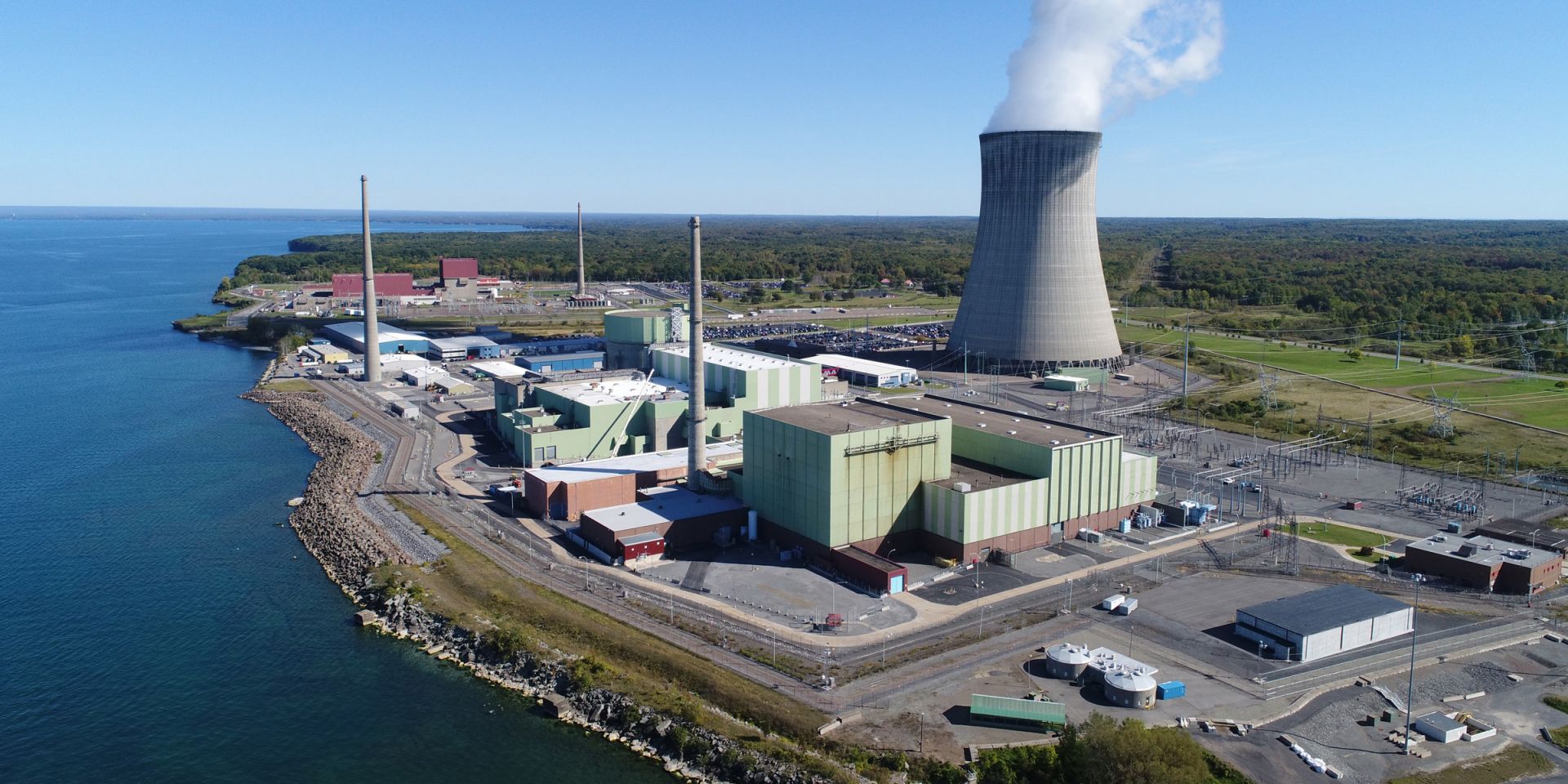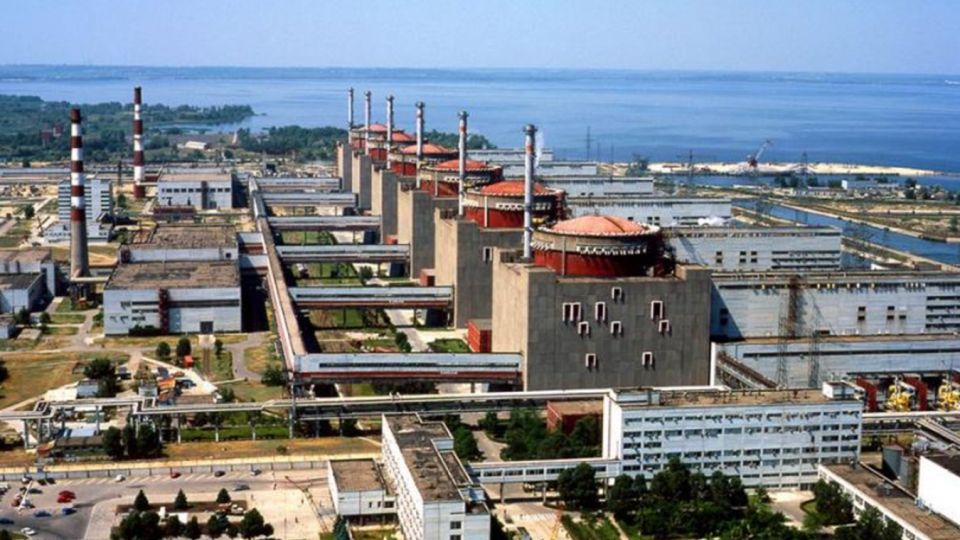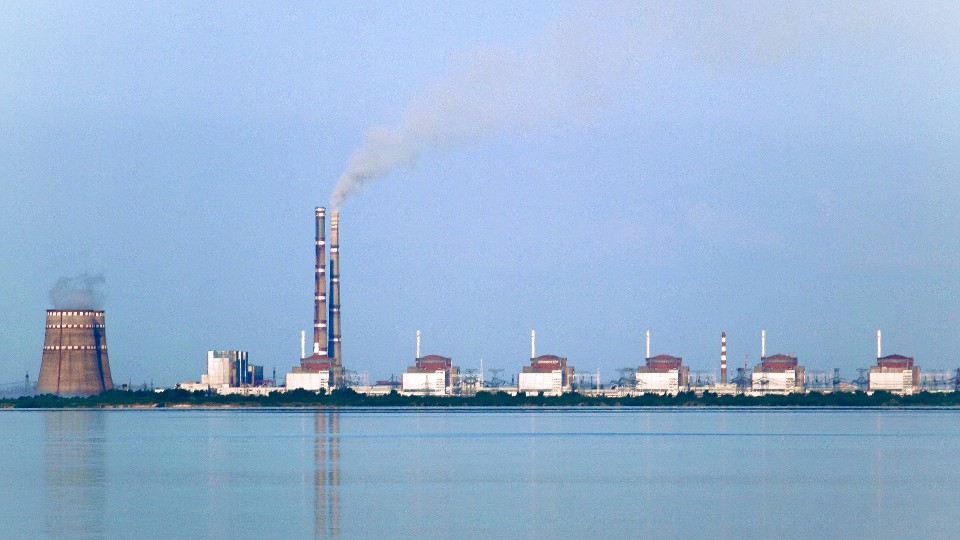Clean hydrogen could help clean up steel industry

As hydrogen production increases worldwide, some see clean hydrogen as a game-changer when it comes to decarbonizing the steel industry.
Steel production is one of the “hard-to-abate” sectors of industry, which are responsible for about 30 percent of global carbon emissions. These industries are tough to decarbonize because the technologies either do not yet exist or are considered uneconomical.







